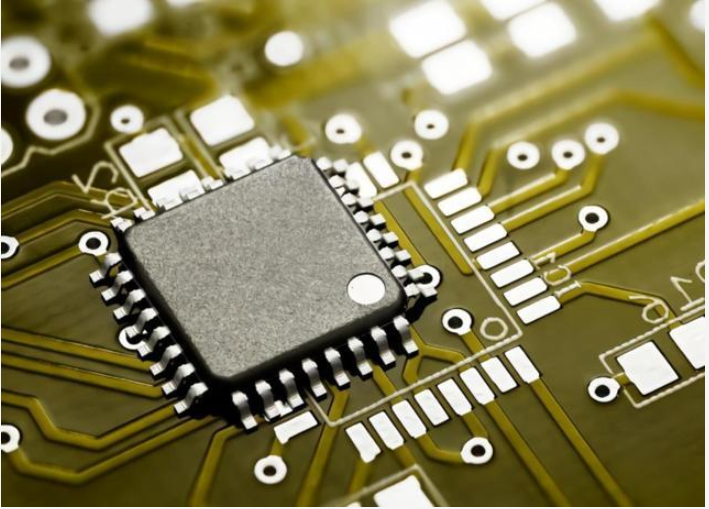Dry goods! Temperature zone standard for SMT reflow soldering
Generally speaking, the standard SMT reflow soldering is also the eight-temperature zone reflow soldering. Of course, there are SMT reflow soldering machines in several temperature zones in actual use. This is determined according to the actual soldered products and the actual considerations of the SMT chip processing manufacturer. Generally speaking, the more SMT reflow soldering temperature zones, the better the soldering effect. If the soldering quality requirements of circuit boards are relatively high, more manufacturers use SMT reflow soldering in ten temperature zones and twelve temperature zones. Usually The common SMT reflow soldering in the market is SMT reflow soldering in eight temperature zones.

The temperature zone of lead-free solder paste SMT reflow soldering is generally divided into preheating zone, constant temperature zone, soldering zone and cooling zone. So what are the differences between these temperature zones? What are their respective temperature standards? This is the question we are going to discuss today, hurry up and follow the editor to have a look~
1. Preheating zone: the temperature of the preheating zone is raised to 175 degrees, and the time is about 100S, so that the heating rate of the preheating zone can be obtained.
2. Constant temperature zone: The high temperature of the constant temperature zone is about 200 degrees, the time is 80S, and the difference between high temperature and low temperature is 25 degrees.
3. Recirculation zone: The high temperature of the recirculation zone is 245 degrees, the low temperature is 200 degrees, and the time to reach the value is about 35/S; the heating rate of the recirculation zone is: 45 degrees/35S=1.3 degrees/S according to (how to The correct setting temperature curve) shows that: the time for this temperature curve to reach the value is too long. The entire reflow time is about 60S.
4. Cooling zone: the cooling zone time is about 100s, the temperature drops from 245 degrees to about 45 degrees, and the cooling speed is: 245 degrees-45 degrees = 200 degrees / 100S = 2 degrees / s.
SMT reflow soldering eight-temperature zone temperature setting: 160°C in the first zone, 180°C in the second zone, 185°C in the third zone, 185°C in the fourth zone, 210°C in the fifth zone, 250°C in the sixth zone, 275°C in the seventh zone, The eighth zone is 250 degree Celsius. The temperature settings of these temperature zones also need to be adjusted according to the temperature curve reference value given by the solder paste manufacturer and the actual production situation.
In fact, the temperature setting of the eight temperature zones of SMT reflow soldering is not fixed, it can also be flexibly adjusted, but the adjustment needs to be determined according to the quality of the SMT solder paste, the actual soldered product and the SMT reflow soldering machine. Therefore, this article is only for reference, not a fixed temperature zone temperature standard.
iPCB is a high-tech manufacturing enterprise focusing on the development and production of high-precision PCBs. iPCB is happy to be your business partner. Our business goal is to become the most professional prototyping PCB manufacturer in the world. Mainly focus on microwave high frequency PCB, high frequency mixed pressure, ultra-high multi-layer IC testing, from 1+ to 6+ HDI, Anylayer HDI, IC Substrate, IC test board, rigid flexible PCB, ordinary multi-layer FR4 PCB, etc. Products are widely used in industry 4.0, communications, industrial control, digital, power, computers, automobiles, medical, aerospace, instrumentation, Internet of Things and other fields.